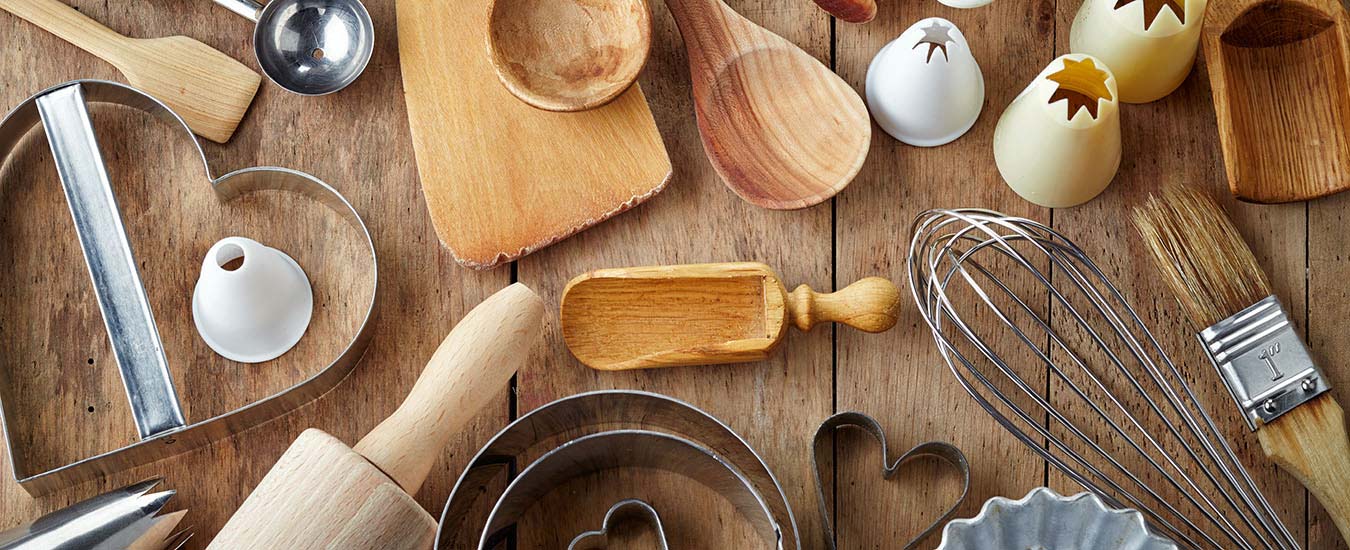Each year I say, "this is it," but as the weather turns cool and fall approaches, I find myself again deep into pickling.
My mind turns back to my early years in the country, where my parents had their garden, and my mother always made her own pickles. Maybe it is part of my heritage, this desire to pull out once again those tried and true recipes handed down through generations. Among my favourites are Pickled Beets and Dutch Salad, also enjoyed over and over again by friends.

But there are trials to encounter when doing up beets. No matter how careful I am, the beets always boil over on my stove, spattering everything with red juice. By the time the beets are in the bottles, my kitchen looks like a war zone.
Then, one year, came the payoff. The beets were in the bottles, the kitchen scrubbed from top to bottom, and I was carrying a tray load of the finished product to my pickle cupboard. While trying to open the door, the tray tipped and six bottles of pickled beets crashed to the floor. The beige carpet quickly turned red.
I cried. I got mad. I screamed profanities. But this didn't clean up the mess. After picking up the broken glass and as much of the beets as possible, I tackled the rug with buckets of cold water and a heavy brush. The rug still blushed slightly and served as a reminder to never let it happen again.
Pickled Beets
My recipe for pickling beets is relatively simple, and I've never had a problem with them spoiling. I always use new lids and make sure the mason-type jars are air tight. While the beets are cooking (I like the small ones), I prepare a syrup made of two cups of sugar to one cup of cider vinegar, and bring it to a rolling boil. I may have to make it two or three times more, depending on the amount of beets I'm doing, but I never double the recipe.
When the beets are cooked and the skins slipped off, I cut them into halves or quarters, then pack them in warm, sterilized bottles, sprinkle with salt and pepper, add a few pickling spices to each bottle, then pour in the syrup, making sure the beets are completely covered. When cooled and labelled, I carefully, but carefully, take them to the pickle cupboard.
Dutch Salad
The chop, chop begins with the Dutch Salad, which takes a little longer to prepare, with the ingredients being prepared the night before. Combine 1 quart (1 L) each of finely chopped cucumbers, green tomatoes, cauliflower and onions in a large non-reactive preserving kettle. Sprinkle with 1/2 cup coarse salt. Cover with a plate and put a heavy weight on top. Next morning, drain, rinse with cold water, then drain thoroughly. Add one each of green and red pepper, finely chopped.
Prepare dressing, made of the following:
1 pint (500 mL) white vinegar
3 cups sugar (to start with, you may need more)
1/2 cup flour
1/2 cup dry mustard
1 teaspoon tumeric
1 teaspoon curry powder
Bring vinegar to a boil. Combine remaining ingredients, and slowly add vinegar to make a paste, smoothing out any lumps.Return drained vegetables to the pot and pour dressing over them, combining well. Bring to a slow boil, stirring constantly, reduce heat and simmer until thickened, about 30 minutes, stirring all the while to avoid scorching. Taste the mixture as it thickens, and add extra sugar if needed. Put in sterilized jars and cover with melted parawax. Makes 6 to 8 500 mL bottles.
